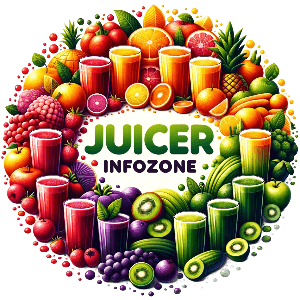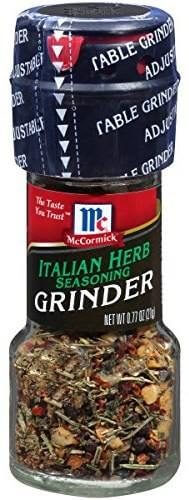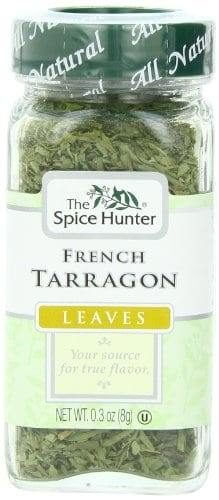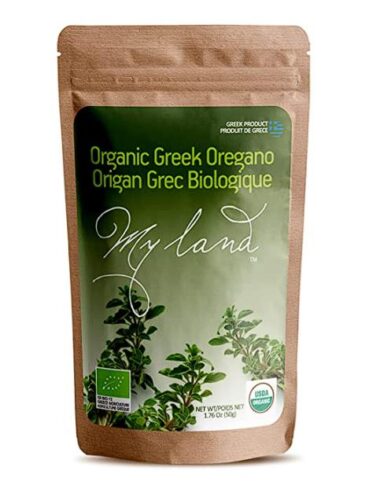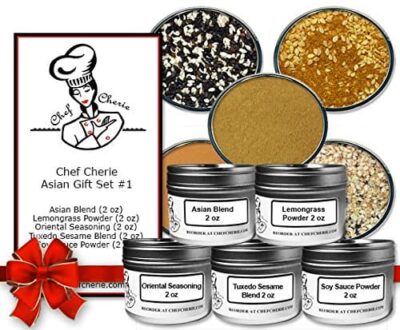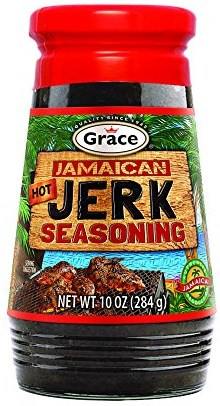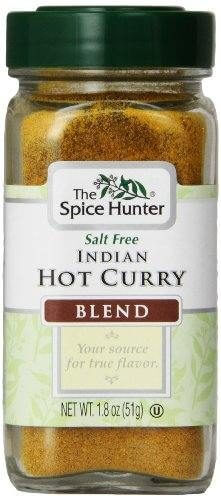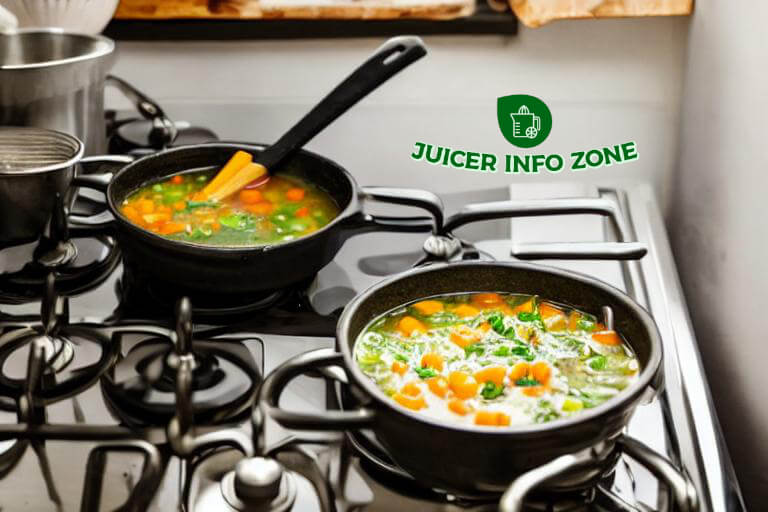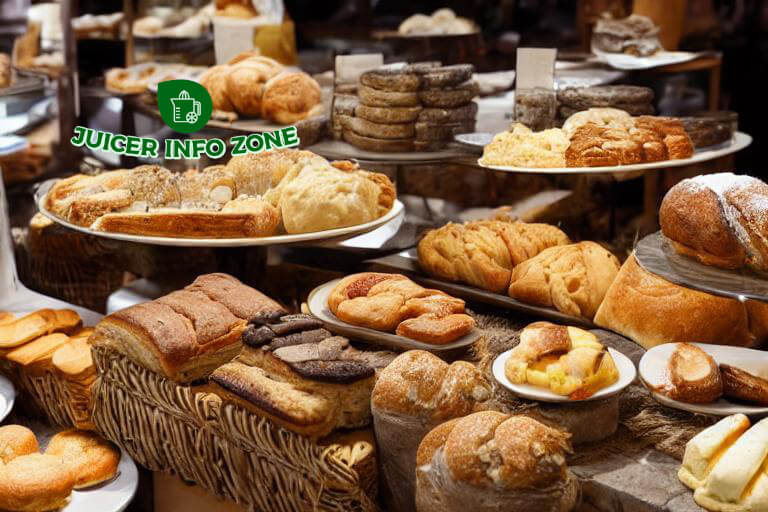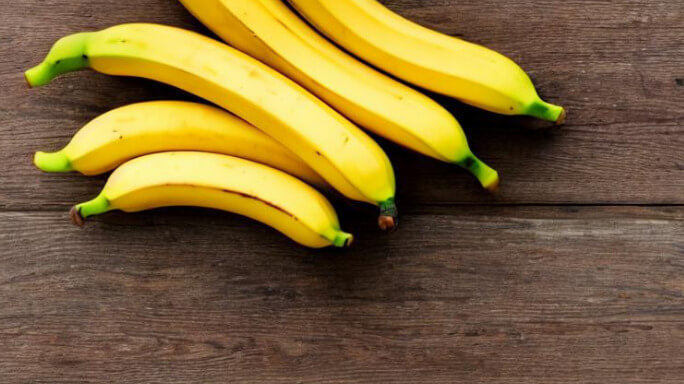Herbs and Spices: The Secret Spice To Clean Eating
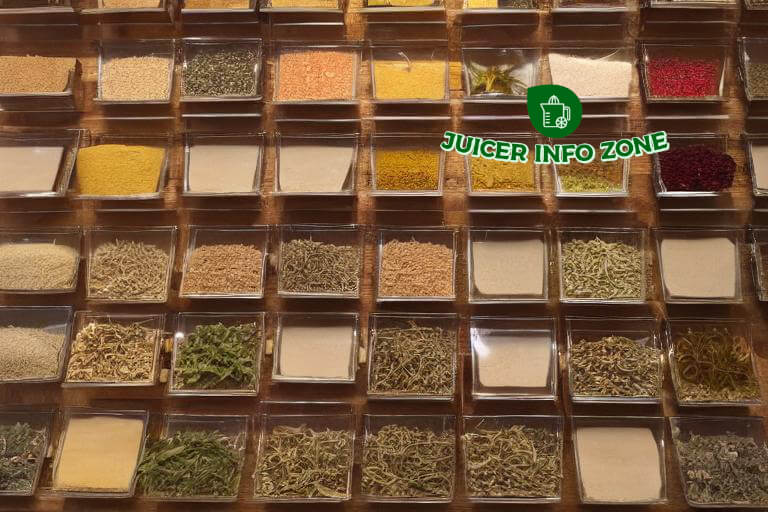
Healthy, whole foods get a bad rap when it comes to flavor.
“Eating clean” often gets associated with eating “bland” — especially among fitness buffs, bodybuilders and athletes who think that a good “training diet” consists of meal-after-repetitive-meal of oatmeal, boiled chicken breast, yams, steamed broccoli and green side salads with some kind of fat-free liquid on top that calls itself “dressing.”
The good news is that there is actually a simple solution to making clean eating not just tolerable, but enjoyable — and it’s as close as your grocer’s baking isle: Herbs and spices.
Herbs and Spices: The Key To Making Clean Eating Enjoyable
Any cook worth their salt knows that a recipe or dish isn’t complete until it’s been seasoned.
“Seasoning” could simply mean adding some salt and ground pepper, but more often than not, it includes the use of all kinds of other herbs or spices to either layer additional flavor on top of a food, enhance or complement an existing flavor, or provide a contrast.
While it’s pretty hard to screw up a dish or recipe by adding the wrong herb or spice, it does pay to know your seasonings ahead of time to avoid some funky combinations that might send that brown rice to your dog’s bowl, versus your plate.
Herbs and Spices: Not Just For Flavor, But Also Healthy
Herbs and spices also have an additional role in healthy, clean eating beyond simply seasoning foods, recipes or dishes.
Nearly all herbs and spices have very high concentrations of healthy phytochemicals and antioxidants. Scientists believe that these naturally-occurring plant compounds work together in the body to protect tissues and cells from damage and may help prevent diseases like cancer and heart disease.
When you combine herbs and spices with other antioxidant-rich foods like fruits and vegetables, their protective properties may be enhanced even more, similar to The Portfolio Diet approach to cholesterol-reduction observed by researchers like David Jenkins at the University of Toronto.
Just how much antioxidant punch do certain herbs and spice have? Plenty.
In fact, oregano, that ubiquitous herb found in nearly every batch of pizza or spaghetti sauce is one of nature’s most concentrated sources of antioxidants, having four times more antioxidants than blueberries. Just one tablespoon of dried oregano has the antioxidant content of a large apple.
Herbs and spices can also have beneficial medicinal uses, in addition to simply making your food taste better.
For instance, ginger aids digestion and can calm nausea and even alleviate motion sickness. Fennel and juniper berries can help with fat digestion, and cinnamon has been shown to help reduce cholesterol and increase insulin sensitivity, helping people better digest sugar. It also may lessen the symptoms of certain inflammatory diseases like arthritis.
So herbs and spices don’t just make your food taste better, they’re good for you as well.
What Are Herbs and Spices?

Herbs and spices are derived from plants that have medicinal properties, or flavor or scent qualities.
There are some herbs that are used exclusively for medicinal purposes, but many herbs have both medicinal and culinary uses. Strictly speaking, cooking herbs (also know as “culinary herbs”) are usually either the fresh or dried leaves of certain plants, such as basil, thyme or oregano. Spices are typically made from the seeds, berries, bark or roots of select plants, shrubs or trees, for example cinnamon, nutmeg or fennel.
Herbs and spices have been used for thousands of years to season and preserve food.
Some spices, because of their scarcity or because they needed to be shipped thousands of miles from far-flung corners of the earth, were literally worth their weight in gold and became a kind of currency.
Their ability to make bland foods taste better made them highly prized — especially in Europe – and an entire industry (the spice trade) emerged in the 8th Century to ferry spices from India and Asia back to the continent. It’s estimated that by the Late Middle Ages, nearly 2,000 tons of pepper and other spices were being shipped back to Western Europe each year.
Herbs and Spices Basics for Clean Eating: A List
The trick to successfully using herbs and spices in your clean eating diet, cooking and recipes is knowing a little bit about these seasonings, and the foods that they best complement. Over the centuries, certain herbs and spices have come to be associated with different styles of cooking (for example, Italian, Mexican or Asian) groups of foods (poultry, vegetables, rice) and even individual dishes or specific types of meat or vegetables.
The easiest way to start using herbs and spices in your clean eating recipes is to understand the main groupings by style, which will help you choose which seasonings are right for your dishes.
Italian Herbs
The traditional Italian seasonings are:
- Oregano
- Basil
- Sweet marjoram
- Fresh parsley
- Bay leaves
- Sage
- Rosemary
- Fennel Seeds (which give Italian sausage it’s distinct “licorice”-like flavor.)
- Red pepper flakes (you know, the things in the shaker at Pizza Hut)
- Garlic, fresh or dried/powdered (NOT garlic salt.)
Oregano, basil and fresh parsley all go very well with any type of tomato-based pasta sauce. Adding marjoram or rosemary can also give a unique flavor to tomato sauces.
With the exception of fennel, almost all of these herbs can also be used as coatings on meats, pork and chicken. They can also be used to season marinades and homemade salad dressings and vinaigrettes.
Use these herbs and spices alone, or together, to bring an Italian flavor to your foods.
French Herbs and Spices
The French use a wide-range of seasonings in their dishes, and the actual herbs and spices that you’ll find in French cooking vary greatly from region to region.
For example, in the north of France you’ll find seasonings that have more in common with German cooking, and in the south, Italian.
The traditional French seasonings include:
- Tarragon (which has a licorice like flavor)
- Thyme
- Rosemary
- Sage
- Parsley
- Chives
- Chervil
- Marjoram
Tarragon goes especially well with chicken and carrots. Thyme, rosemary and sage are also great on poultry and lean cuts of pork. Marjoram is a staple in potato-based soups.
Most of these herbs and spices also taste fantastic on steamed veggies and can be used to season oil and vinegar dressings.
Greek/Eastern European Spices and Herbs
Both Oregano and Paprika are very common in Greek and Eastern European dishes.
Oregano and garlic are the base for most traditional Greek seasoning mixes, and Paprika finds its way into lots of Eastern European foods, especially the famous “Hungarian Goulash” which is loaded with Paprika.
Paprika comes in different “heats” called “sharpness” in the spice industry.
Sweet paprika is exactly what the name implies, with “sharp paprika” being hotter and more pungent.
Mexican Herbs and Spices
The main seasonings in Mexican cooking are:
- Cumin
- Oregano (the Mexican variety, if you can find it)
- Cilantro (typically fresh)
- Various types of dried chiles and peppers, including cayenne pepper, chile powder (actually a blend of different chiles and spices) and ground ancho peppers.
- Coriander
- Cinnamon
- Epazote, a unique herb, which is often added to beans to improve their digestibility
All of these seasonings can be used on meats and poultry, in beans and even in rice.
Asian Herbs and Spices
Asian cooking uses a lot of “savory” spices and seasonings that give heat.
Again, Asia is a huge continent and there is a lot of variation in seasoning depending on region (for example South East Asia compared to China or Japan.) A typical Asian spice rack would have the following:
- Garlic
- Ginger (fresh or dried)
- Cinnamon
- Powdered chiles
- Turmeric
- Star Anise
- Sichuan Peppercorns
- Cardamom
Jamaican/Caribbean Herbs and Spices
If you’ve ever visited Jamaica or the Carribbean, you’ll be familiar with the region’s signature dish: Jerk.
Jerk is a style of barbequing that uses a distinct spice mixture to season all kinds of foods, including chicken, fish, pork, goat (yes, goat), and vegetables.
Jerk seasoning is a combination of herbs and spices, that are common in Caribbean cooking, including:
- Cinnamon
- Allspice
- Scotch Bonnet Peppers
- Cloves
- Scallions
- Nutmeg
- Thyme
- Garlic
Indian Spices and Curries
India was one of the earliest sources of exotic spices.
Indian cooking is famous for its curries, which are really just different combinations of spices used to flavor vegetables, rice and meats.
Curries are often family recipes handed down from generation-to-generation. While you can purchase already-blended curries, you can also try making your own by combining the following spices and herbs:
- Turmeric
- Dried mustard
- Coriander
- Cumin
- Fenugreek
- Dried chiles
- Black Pepper
- Ginger
- Nutmeg
- Mace
- Cloves
- Cardamom
Curries can be used to season all kinds of meats, as well a vegetables and especially rice dishes.
The main ingredient in curry is Turmeric, a spice that has been shown to have extremely high antioxidant properties and the active ingredient in turmeric — Curcumin — is being studied as a possible treatment for a number of diseases, including inflammatory disease and certain types of cancers.
Matching Herbs and Spices to Foods
Certain herbs and spices complement or enhance different types of food. Knowing which seasonings go with which foods can help you make the most of herbs and spices in your clean eating diet:
- Chicken & Poultry: Thyme, rosemary, sage; curry spices, jerk spices, most asian spices
- Rice: Thyme, rosemary, marjoram; cumin, most curries, Saffron (expensive but worth the splurge now and then)
- Pastas: Most traditional Italian seasonings as well as Asian seasonings, especially red pepper and chile powders
- Lean Pork: Thyme, rosemary and sage; jerks and curries; Asian seasonings
- Steak/Red Meat: Most herbs and spices can give interesting flavors to beef, bison and other cuts of red meat. Creole or Cajun mixtures (usually a combination of thyme, red pepper, celery seed, white and black pepper, basil, oregano, paprika and garlic and onion powder) are great general seasonings for steaks. Celery seed, garlic powder, salt, black pepper and thyme are also traditional seasonings for red meat, especially roasted beef.
- Fish and Seafood: Dill is a common herb used on fish, but most spice mixtures will work well with fish and seafood. For a taste of Nantucket, try something like Old Bay seasoning on fish and especially things like shrimp or crab. Creole and Cajun spices also are outstanding on fish like catfish and tilapia.
- Potatoes: Try any blend of Italian or French herbs and spices, as well as curries
- Beans: Most Italian and Mexican spices are great complements to bean dishes; Epazote is always interesting to try in Mexican bean dishes
- Green Vegetables (Broccoli, Asparagus, Green Beans, etc.): Italian, French and Asian Seasonings
- Cabbage: Caraway seeds are traditional in many cabbage dishes, and can help aid with digestion.
- Carrots: Most Italian, French and Asian spices, as well as tarragon, which is fantastic with carrots.
- Salad Dressings: Asian, French and Italian seasonings all make great additions to salad dressings and vinegarettes
Tips for Using Herbs and Spices
- A little goes a long way. Don’t overdue the amount of herbs or spices you use to season a dish. As you get more experienced cooking with them, you can get a better feel for when and where you can “kick it up a notch”
- Dried herbs are generally more concentrated than fresh, so if a recipe calls for fresh herbs and you substitute dried, you’ll need to adjust down the amount of dried herbs you use. Typically, if a recipe calls for 2 teaspoons fresh herbs, you’ll want to substitute 3/4 teaspoon dried, or 1/4 teaspoon powdered.
- Store dried herbs in a cool, dark location. Spice racks are actually the worst place you can store dried herbs and spices, since they are usually located in the kitchen, where it’s warm and bright. The best location is in the freezer, where herbs and spices can literally stay fresh for years is stored correctly.
- If you use a spice rack, only keep what you’ll use in a month or two in the rack — store the rest of the herbs and spices in the freezer or refrigerator.
- Before adding herbs and spices to dishes or recipes, rub the seasonings together between your fingers to release the flavor; if you can’t smell the scent over the herb or spice after doing this, it’s probably old.
- If you use whole bay leaves to season dishes, make sure you remove them prior to serving. Bay leaves can get lodged in the digestive track and cause gastro-intestinal blockage. Powdered bay leaves, however, are fine.
- When using fresh herbs, treat them gently and whenever possible store them in a glass of water (like you would with flowers) in the refrigerator.
- When chopping fresh herbs like basil, tarragon, parsley or chives, make sure to use a sharp knife to avoid “bruising” the herbs, or get an herb chopper.
- Most fresh herbs are best added right before serving. For example, if you add fresh basil to sauces early-on, the basil will become limp and flavorless by the time the dish is ready to serve. Instead, add them on top of the pasta at the table.
